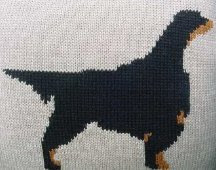The Bichon is descended from the Barbet which was a water spaniel and the name Barbichon was later shortened to Bichon and so he developed in the Mediterranean originally in four categories: the Maltais, Bolognais, Havanais and Teneriffe. They were active in antiquity often as barter as the sailors carried them between the continents. It was the Spanish sailors that introduced the breed to the Canary Island of Teneriffe. By the 1300's they had become the favorites of Italian nobility and as were other dogs of the era, they were kept in the lion cut style. The breed came to France under Francis I during the Renaissance but its greatest fame was as the pampered pet in the court of Henry III and in paintings Goya. However, after a brief life in the court of Napoleon III, the breed became the common dog which would perform in circuses and fairs. Following WWI, the breed was introduced to a breeding program and by 1934, the stud book was approved and the breed was recognized for competition by the French Kennel Club. In 1956 the Bichon came to the were approved for the AKC Miscellaneous class and as part of the Non-Sporting Group in 1973. One of the most famous Bichon Frise was "JR" who won BIS at both Westminster and the very first AKC Eukanuba National Competition. These are often valued as pets not only for their cheerful dispositions but because they seem to be less allergenic than most breeds.
If you would like to knit the Bichon Frise design, you may order the pattern from: http://www.kanineknits.com/kanine_knits_knitting_patterns.htm

































